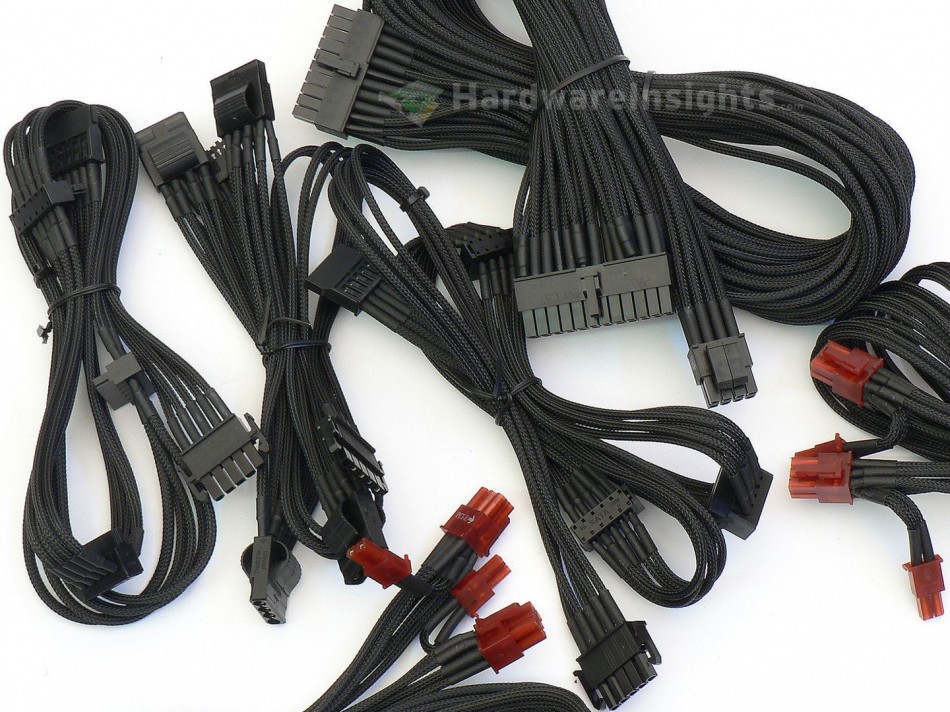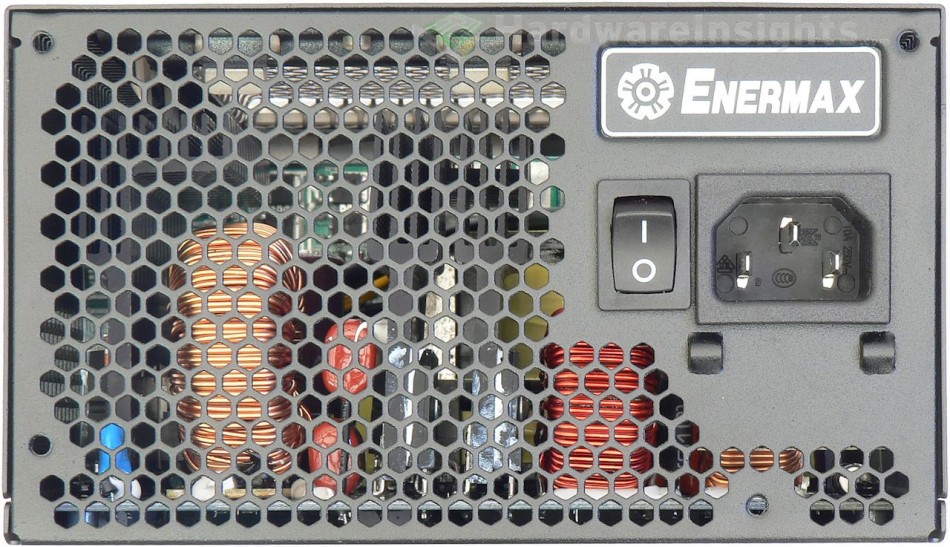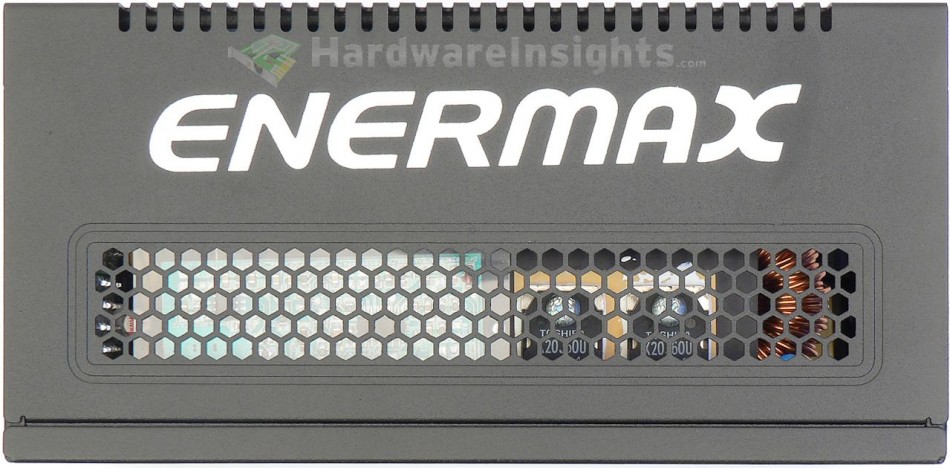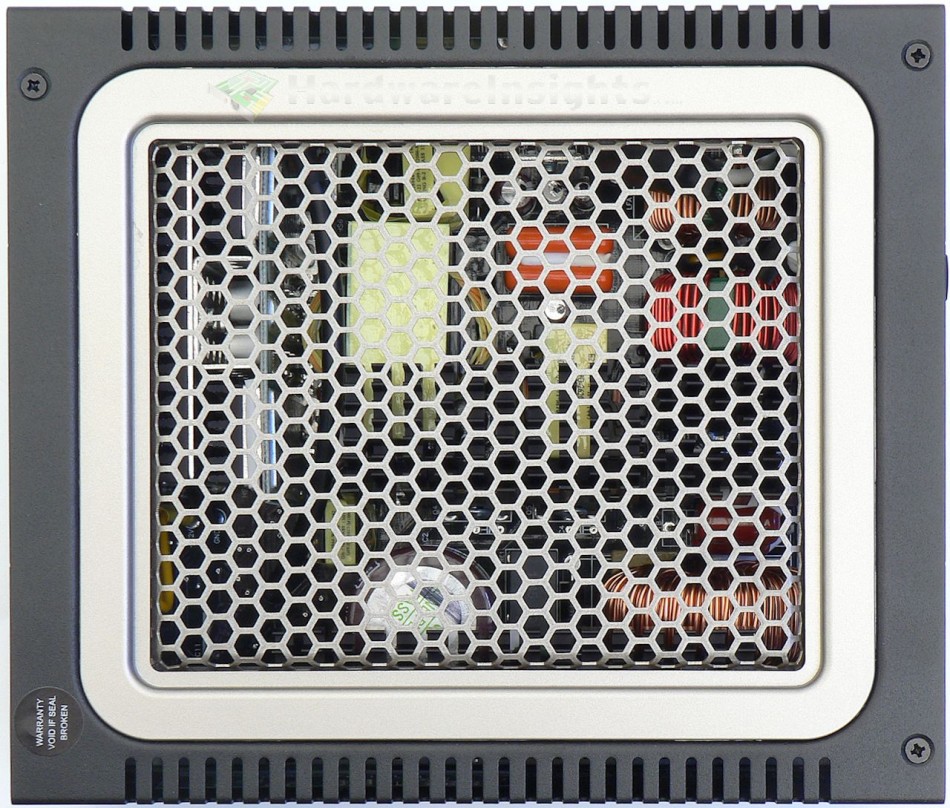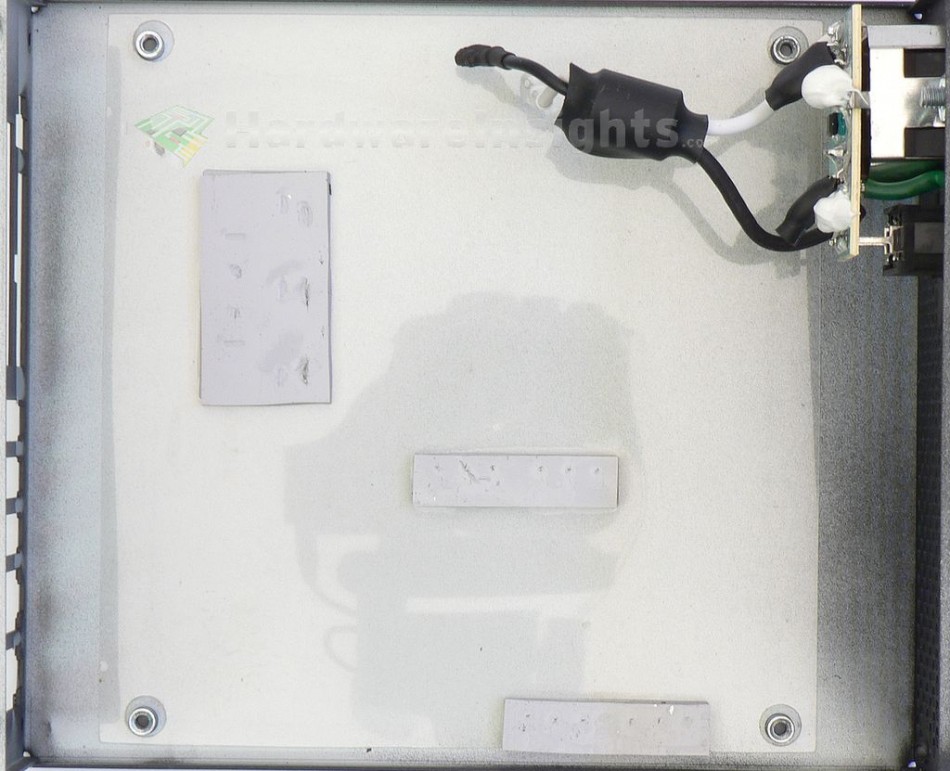Contents
- 1Introduction
- 1.1Packaging and accessories
- 2Connectors & cabling
- 2.1Casing & cooling
- 3Input filtering
- 4Primary side
- 4.1+5 V stand-by rail
- 5Secondary side
- 5.1Build quality
- 6Load testing
- 6.1Loading +5 V SB
- 6.2Combined loading
- 6.3Combined loading ripple
- 6.4Crossloading, overloading and the Sweater contest
- 6.5Crossloading, overloading ripple
- 7Conclusion and evaluation
- 7.1Thanks
Connectors & cabling
All the wires are individually sleeved as I have already stated in the preview. While it looks nice, the practical value is negative as the point of the sleeving is to have all the cable mess combined into a few packs of cables you can work with. Here you have tens of individual cables which are two or three times as thick as usual. I do not get it, really. On the plus side, the ATX 12 V has 16AWG wires and also most of the power wires in Main ATX is 16AWG. Only the sense wires (for +3.3, +5, +12 V and even ground!) are 20AWG, and one +12 V pin has two 18AWG instead. That’s nice. It’s just a pity the PCIe cables are 18AWG only. It also seems Enermax did not learn and again uses high-power connectors with no gold plating. I had a memorable experience with this and one 1.5kW Platimax in a bitcoin miner where the cards sucked 250 watts through a single 6-pin PCIe connector. It burned to dust two times on the PSU side until I decided to convert the modular cabling into fixed cabling. Messy job but it works since.
So Enermax is losing some points here. Also, another thing about the Main ATX connector – it is fixed 24-pin so this unit is no use for older motherboards or even low-power ITX boards as some of them still only come with 20-pin ATX connector. You may either push the 24-pin one in if there is space or use an adapter. Also, as the Main ATX and ATX 12 V are partially split, partially combined into two modular connectors, you cannot only connect one cable if you don’t need the ATX 12 V at all, you always have to connect both cable bundles. I will not be dropping points for this but the cable management here as a whole is pretty stupid in my opinion. On the other hand, Enermax provides their usual Molex connectors with unplugging clips.
In particular, we have:
- Main ATX (fixed 24-pin): 62 cm
- 1× ATX 12 V (4+4 pin): 69 cm
- 4× PCIe (6+2 pin): 53 cm
- 8× SATA: 2× 47 cm, 2× 63 cm, 2× 79 cm, 2× 96 cm (OMG)
- 4× Peripheral Molex: 49 cm, 63 cm, 79 cm and 94 cm (jeez)
- 1× Berg for FDD: 108 cm (they are crazy indeed)
- 1× ZDPMS to USB: 61 cm
Casing & cooling
The casing is made from 0.9mm SECC steel with matt (possibly powdered) black lacquering, it’s the same as with many other high-end power supplies. Unlike Seasonic’s Platinum Fanless, the Digifanless uses ordinary metal casing made from two U-shape parts screwed together (while the Seasonic units are much more complicated). It makes it cheaper to produce.
The backside (usually for exhaust air, here the air is also sucked through) is made with hexagonal holes. Notice the depressions under the AC receptacle, Enermax provides a wire fastener for the power cord which is installed in these.
For increased airflow, there are hexagonal perforations in the sides as well and some perforations in the upper edge. However, you may have noticed it on the upper image too, approximately one half of the side perforation is closed with a plastic insulation sheet. This applies for both sides! Why it is even there then? This is crazy.
As this is a passive unit, there is no fan present, only big mesh with hexagonal perforations too. Most of the cooling is done by the big black heatsinks but Enermax is also using cooling on the casing: there are silicone thermal conducting pads under major heat sources, transferring it to the casing and possibly the computer case.
